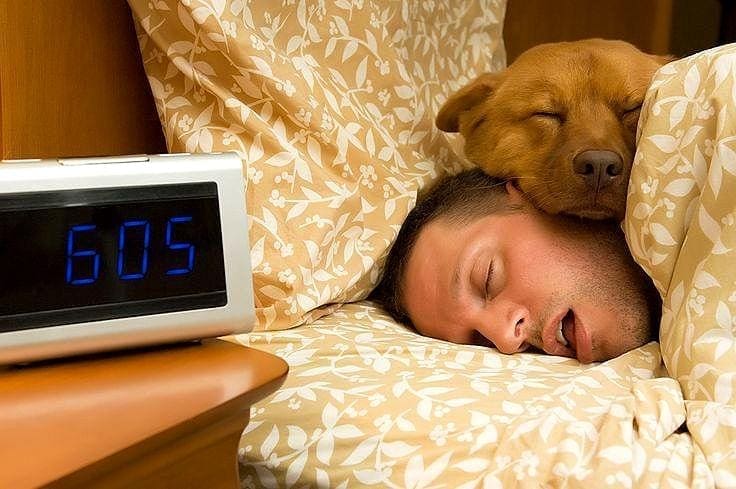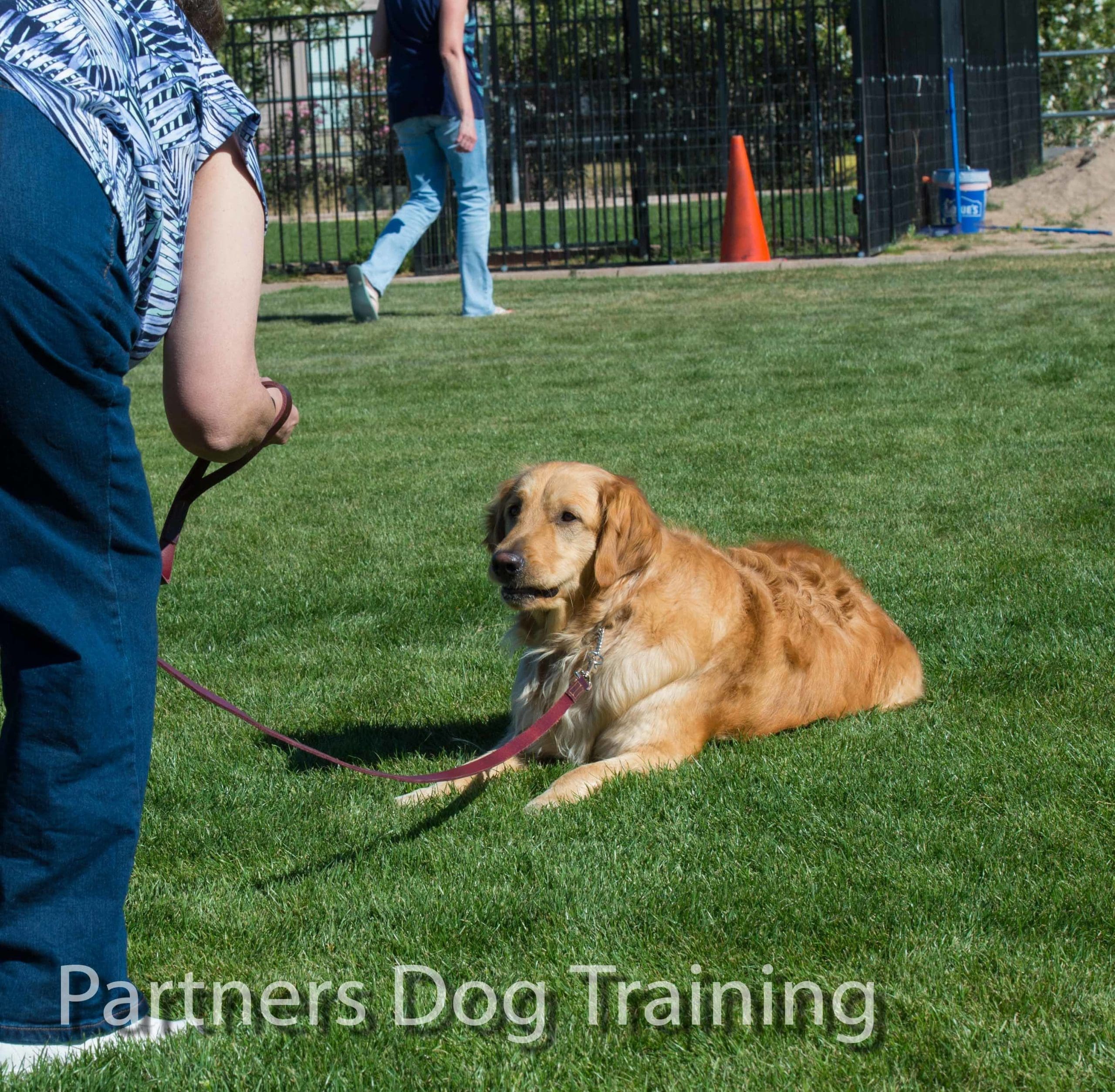ok, maybe that was a bit harsh. here’s the truth…
In most cases, whether or not our dogs sleep in our bed is up to us. In fact, up to 80% of dog owners allow or prefer their dogs to sleep next to them. Of course, there are benefits and drawbacks to allowing our furry friends in bed.
The pros
- They’re just so darn cute
- Who doesn’t love a cuddly sleeping dog? Some studies actually show that sleeping with your dog allows you to get a better night’s rest.
- Feeling safe
- Particularly with children, having dogs in the same bed as someone who is fearful or insecure may help the owner feel more at ease and comfortable while they sleep.
- They’re warm
- The average bodily temperature of a dog ranges between 101 and 103 degrees.
- Aside from acting as an intruder alert over night and an alarm clock in the mornings, dogs can also transmit heat in the bed and help keep owners warm.
The Cons
- Dirty
- The dog will bring whatever it steps in into the bed with you. This includes dirt, bugs, and feces that get trapped in the dog’s webbed feet. Some germs and bacteria can be transmitted from dogs to humans through the bed sheets.
- The dog will bring whatever it steps in into the bed with you. This includes dirt, bugs, and feces that get trapped in the dog’s webbed feet. Some germs and bacteria can be transmitted from dogs to humans through the bed sheets.
- Lots of hair!
- Particularly with children, having dogs in the same bed as someone who is fearful or insecure may help the owner feel more at ease and comfortable while they sleep.
- Bad behavior
- Allowing your dog in bed might trigger territorial behaviors such as marking, or becoming reactive to others “intruding on their space,” especially if you have more than one pet.
- Dogs hog the bed!
- When you allow your dog to sleep with you, you are giving up your own space in the bed and possibly sacrificing the quality of your sleep. Not to mention, from a behavioral aspect, letting your dog take over a part of your space breaks the barrier of respecting your personal space.
- When you allow your dog to sleep with you, you are giving up your own space in the bed and possibly sacrificing the quality of your sleep. Not to mention, from a behavioral aspect, letting your dog take over a part of your space breaks the barrier of respecting your personal space.
But where should my dog sleep?
In a crate
Let the crate be your dog’s “babysitter”, or a place you can confidently leave him knowing he is safe and taken care of. And don’t think the concept of a crate is “cruel” it is actually what they WANT! “Denning”, or the behavior of digging out a small space to sleep or hide out, is a natural instinct found in both domestic and wild dogs.
Crates imitate this idea of a safe and secure den. You can easily get your dog acclimated to sleeping inside the crate by rewarding him with treats, food, or toys that teach him to be comfortable.
A designated dog bed
The bed should typically be in a corner, against a wall, or at the foot (on the floor) of your own bed. This gives them a secure feeling to know their “back is protected.” The most important part of the dog bed is it gives them a space they can call their own.
We prefer Kuranda dog beds, as they are extremely durable, Elevated, so the “place” command is easier to teach, easy to clean, and comfortable for the dogs to lay on.
Remember that wherever the dog sleeps should be a quiet, cool, and secure place
HOW TO BREAK YOUR DOG’S HABIT OF SLEEPING IN BED WITH YOU
- Teach your dog a command for getting on and off the bed when you ask him to.
- Commands can be to get “up” onto the bed or get “off”, but be careful of using command words your dog might already know like “down”. He may confuse you telling him to “get down” off the bed with “lay down” for a treat!
- To help your dog associate your command with a wanted behavior, leash your dog and practice with him getting on and off the bed. Let the dog on the bed, then call him back off again for a reward. After a few moments allow him back on the bed, but make him wait for the command.
Practice this repeatedly so that your dog will understand the behavior you expect.
Marking and territorial behaviors
Dogs that are already territorial should never be allowed in your bed and might need professional help redirecting possessive behavior. Typically, in homes with more than one dog, it is a good idea to allow all or none of them on the bed with you in order to avoid territorial confrontations between your pets.
Certain dogs will want to urinate on your bed intentionally, or mark. It is normal behavior for dogs to mark their sleeping areas, but of course this is unacceptable to us. Putting your dog in his own crate at night will usually discourage him from marking his sleeping space.
“Dirty Dog” refers to a dog that is marking or eliminating where he sleeps. Dirty Dog habits can happen for any reason and are a huge detriment to both you and your dog’s hygiene. Tracking his eating, drinking, sleeping, and potty schedule, as well as cutting back on food and water while your dog is in the crate will help the dog avoid making a mess. If necessary, your dog will need to be carefully supervised on a leash anytime he is outside his crate.Use bark collars with caution
CONCLUSION
Most people love the idea of letting their dogs sleep in bed with them, but sleeping in your bed should be seen as a privilege and kept under control. Your dog should understand that the bed is a calm, clean, SHARED space. If you decide that your dog (and possibly you) sleep better with him in a crate, then take the time to properly crate-train your pup. Like us, dogs prefer to sleep somewhere they feel secure.


